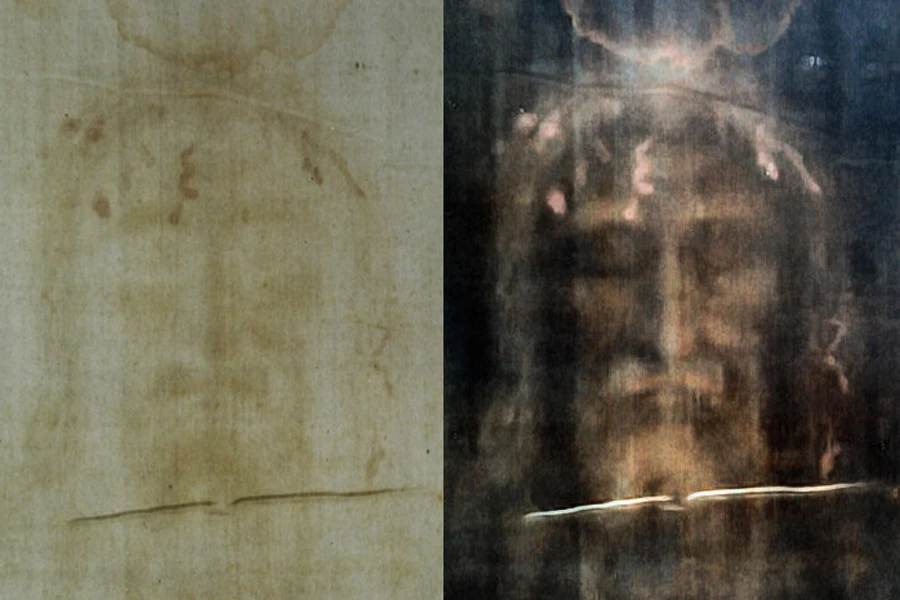CNA Staff, Aug 5, 2025 /
11:54 am
The guardians of the famed Shroud of Turin are disputing the results of a recent study that purports to disprove the cloth’s origins as the burial shroud of Jesus Christ.
Cicero Moraes, a Brazilian 3D artist, claimed in the scholarly journal Archaeometry last month that the depiction of Christ’s body on the shroud was likely made by a “low-relief model” such as a statue rather than a human body.
The imagery on the shroud is “more consistent with an artistic low-relief representation than with the direct imprint of a real human body, supporting hypotheses of its origin as a medieval work of art,” the study alleges.
‘No novelty in this conclusion’
In an Aug. 4 press release, the International Center of Sindonology — the Turin-based organization that leads studies of the Shroud of Turin and promotes its status as a venerated object of Christian devotion — said the nominally new findings of the study were actually considered and disputed more than a century ago.
Moraes’ research “confirms a result known since the early studies [in 1902], whereby the image on the shroud is configured as an orthogonal projection,” the center said. “There is nothing new in this conclusion of the article.”
Investigations by the Shroud of Turin Research Project beginning in the 1970s, meanwhile, ruled out “the formation of the image by means of painting, [rubbing] with bas-relief, or contact with a heated statue/bas-relief.”
The center argued that researchers have known for more than 100 years of the so-called “Agamemnon Mask effect,” a phenomenon in which an imprinted image is distorted when wrapped around a 3D subject.
The researchers argued that the digital modeling software used to create Moraes’ projection of the shroud “is not specifically designed for scientific purposes.” The model’s simulated physics and lack of a support plane, they said, “does not correspond to a real physical context.”
Turin archbishop Cardinal Roberto Repole, who serves as the pontifical custodian of the shroud, said his office has “no reason to comment on hypotheses freely formulated by scientists of varying degrees of credibility.”

The prelate pointed to “concern about the superficiality of certain conclusions” regarding the shroud, “which often do not stand up to closer examination of the work presented.”
In its press release, meanwhile, the center quoted famed theoretical physicist Richard Feynman, who in the early 1970s urged researchers: “If you’re doing an experiment, you should report everything that you think might make it invalid — not only what you think is right about it.”
“The first principle is that you must not fool yourself — and you are the easiest person to fool,” the center said in quoting the scientist.





